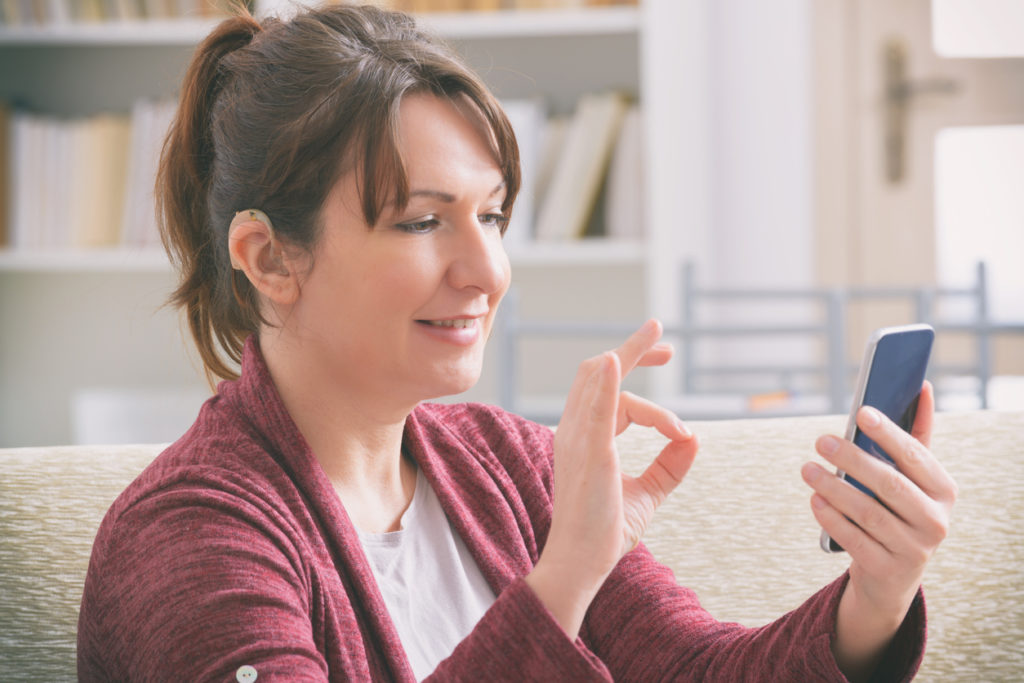I’m Disabled – Here’s How Beauty Companies Can Create Disability-Friendly Websites and Social Media Marketing
Progress has been made. Looking forward to more.
Let’s talk about disability, chronic illnesses and what beauty brands can do to make their websites and social media marketing more accessible. The reality is that those with chronic illnesses and disabilities are a significant minority given every ethnicity, gender identity, age, and class are affected.

As someone who’s disabled and suffers from chronic pain, I’m passionate about helping others in the community. This devotion stems from my own experiences and conversations with friends and colleagues in the community about the desire for more beauty brands to create marketing and tools for easier application. I receive compliments about the makeup looks I create and am asked how I’m able to do it. “My hands shake too much for me to apply any makeup,” is something I often hear. Some people are even fearful of getting ridiculed for simply wearing makeup. We hear things such as, “If you’re healthy enough to apply makeup, are you really disabled?” True story.
For many of us, there is also the fear of being critiqued and attacked on social media channels because our makeup “doesn’t look good enough.” I’ve witnessed this myself – people will leave ableist and oftentimes cruel comments. What is ableism? It’s the belief that people who are not disabled or chronically ill are superior to those who are.
My worst experience of ableism? A salesperson refused to speak with or address me simply because I was in my wheelchair. Thankfully a manager took over, and I was finally treated with respect. Please know that just because someone has a disability doesn’t mean they are unable to communicate.
Now let’s dive into how beauty brands can create messaging that is more accessible to those in the disabled community.
View this post on Instagram
1) Use Image Descriptions (also called an ID). For people who have poor eyesight, this allows screen readers to relay what the image on the page looks like or features. Another tip is to avoid using too many emojis or symbols, since the device will read off of each one used.
2) Implement closed captioning or subtitles in your videos - not only is this helpful for the deaf or hard of hearing, it can also be beneficial for those with auditory processing disorders. Zoom offers live transcribing and TikTok offers auto-captioning, although it often isn’t completely accurate. Another option is creating a video description as part of the caption for those who use screen readers.
3) Avoid using ableist language to describe or name your products. This should go without saying, but I still see beauty bloggers using offensive slurs. Some of these terms are often considered ableist in mental health circles because of the negative connotations and stereotypes associated with them.
4) Announce product reformulations and ensure they’re easy to find. This way, someone can easily determine if they have an allergy to any of the ingredients in the “new and improved” formula.
5) Add content or trigger warnings for users (CW or TW) who have photo sensitivities or are epileptic, especially if there will be flashing or strobe effects in a video.
6) Offer an accessibility menu. Not everyone is aware of this option on internet browsers, but some companies (such as Guide Beauty) offer their own customizable accessibility menus that cover everything from Dyslexia-friendly font and font size.
7) Include and listen to the community and actively monitor for ableist comments. I rarely see makeup brands include disabled artists in their profiles. Occasionally I will see a wheelchair in fashion imagery, but not very often in the beauty world. Of course, I understand it’s not always possible to see a wheelchair in selfies, especially if someone switches between the use of a chair and a cane, something I do myself.

As far as inclusive marketing campaigns, three companies are doing it right:
Kohl Kreatives is the first brand I’ve seen promoting disabled beauty bloggers.
Sephora has featured disabled bloggers and they’ve helped me find artists to follow via their “We Belong to Something” campaign.
And Makeup Revolution did a “Zero Retouch” campaign featuring a model in a wheelchair.
Even on my own personal journey of accepting my disabled status, I’ve had to unlearn a lot of internalized ableism. I’m still working to remove certain words from my vocabulary I grew up saying.
We simply need to honor that we are all a work in progress. Let’s listen to each other. Let’s have patience with each other. Let’s respect each other. Together.
Loading...